Narcotic withdrawal triggers symptoms like anxiety, insomnia, accelerated heartbeat, and hypertension. These symptoms ca ...
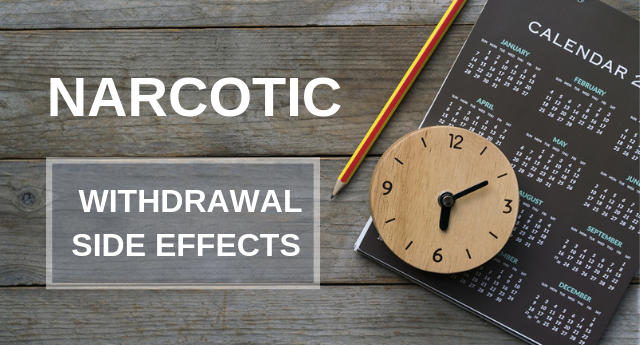

Narcotic withdrawal triggers symptoms like anxiety, insomnia, accelerated heartbeat, and hypertension. These symptoms ca ...

It usually takes about one week to withdraw from opioids. The detox process is accompanied by flu-like symptoms. Find ou ...
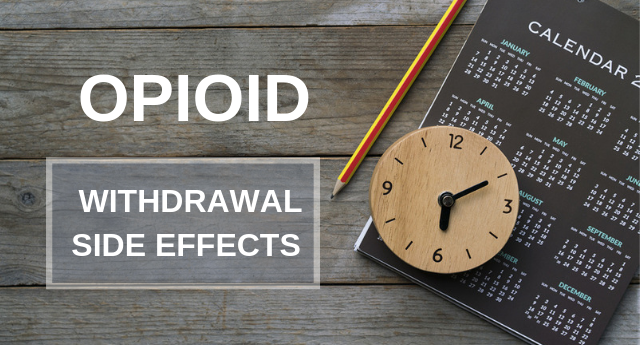
To help someone quit opiates, you need to understand the mechanics of addiction. We cover the basics here. ...
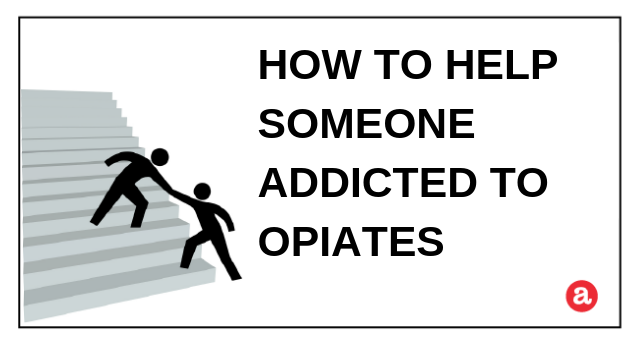
Restlessness, anxiety, and headache are only few symptoms of opiate withdrawal. What are the others? How can you addres ...

It usually takes about two weeks complete withdrawal from Dilaudid. During the detox period you’ll experience: anxiety ...
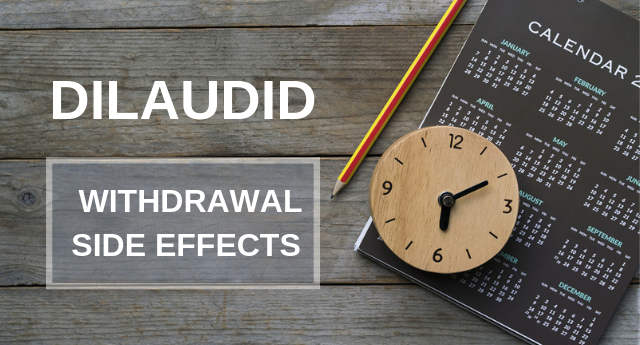
Insomnia, intense drug cravings, and stomach cramps are common during codeine withdrawal. Learn more here on what to exp ...
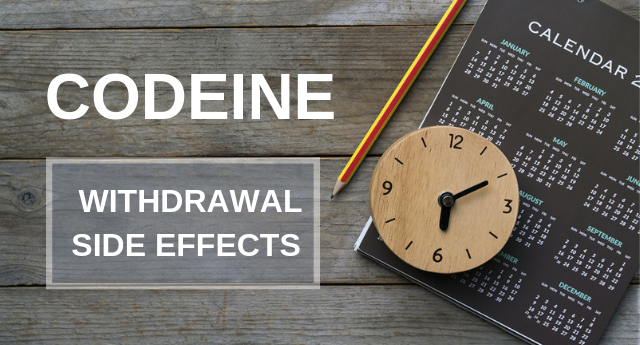
Learn the safest ways to stop taking opiates and avoid relapse, here. ...
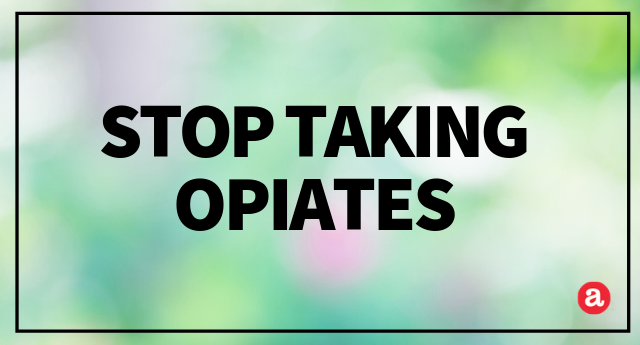
Withdrawal from Fentanyl can begin in the first 24 hours following cessation of use. While symptoms intensify about 72 h ...
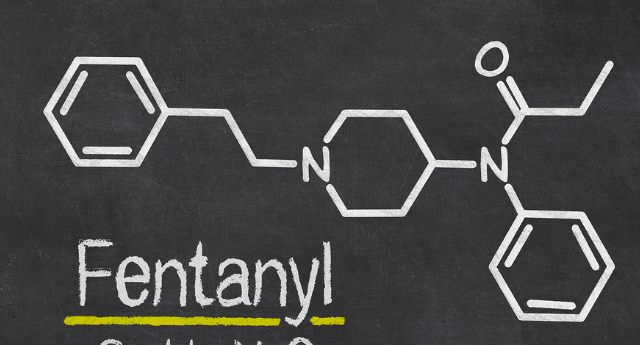
An in-depth look at the difference between dependence and addiction from the perspective of Enterhealth Chief Medical St ...

Yes, methadone lessens the symptoms of opiate withdrawal blocks the effects of opiate drugs. More on how methadone can h ...
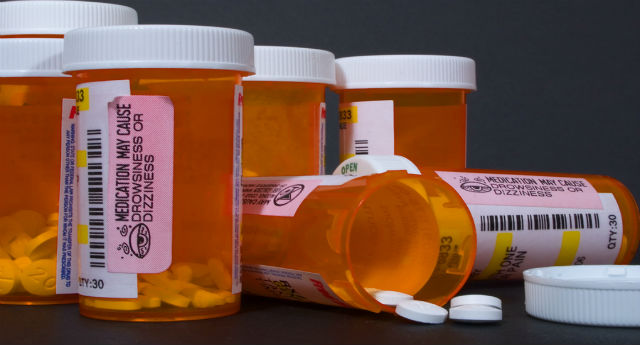
HOW OUR HELP LINE WORKS
For those seeking addiction treatment for themselves or a loved one, the Addictionblog.org helpline is a private and
convenient solution.
Calls to any general helpline (non-facility specific 1-8XX numbers) for your visit will be answered by
American Addiction Centers (AAC).
Caring admissions consultants are standing by 24/7 to discuss your treatment options. These representatives work
solely for AAC and will discuss whether an AAC facility may be an option for you.
Our helpline is offered at no cost to you and with no obligation to enter into treatment. Neither Addictionblog.org
nor AAC receives any commission or other fee that is dependent upon which treatment provider a visitor may
ultimately choose.
For more information on AAC’s commitment to ethical marketing and treatment practices, or to learn more about how to
select a treatment provider, visit our About AAC.
If you wish to explore additional treatment options or connect with a specific rehab center, you can browse top-rated listings, visit our homepage and browse by state, or visit SAMHSA.